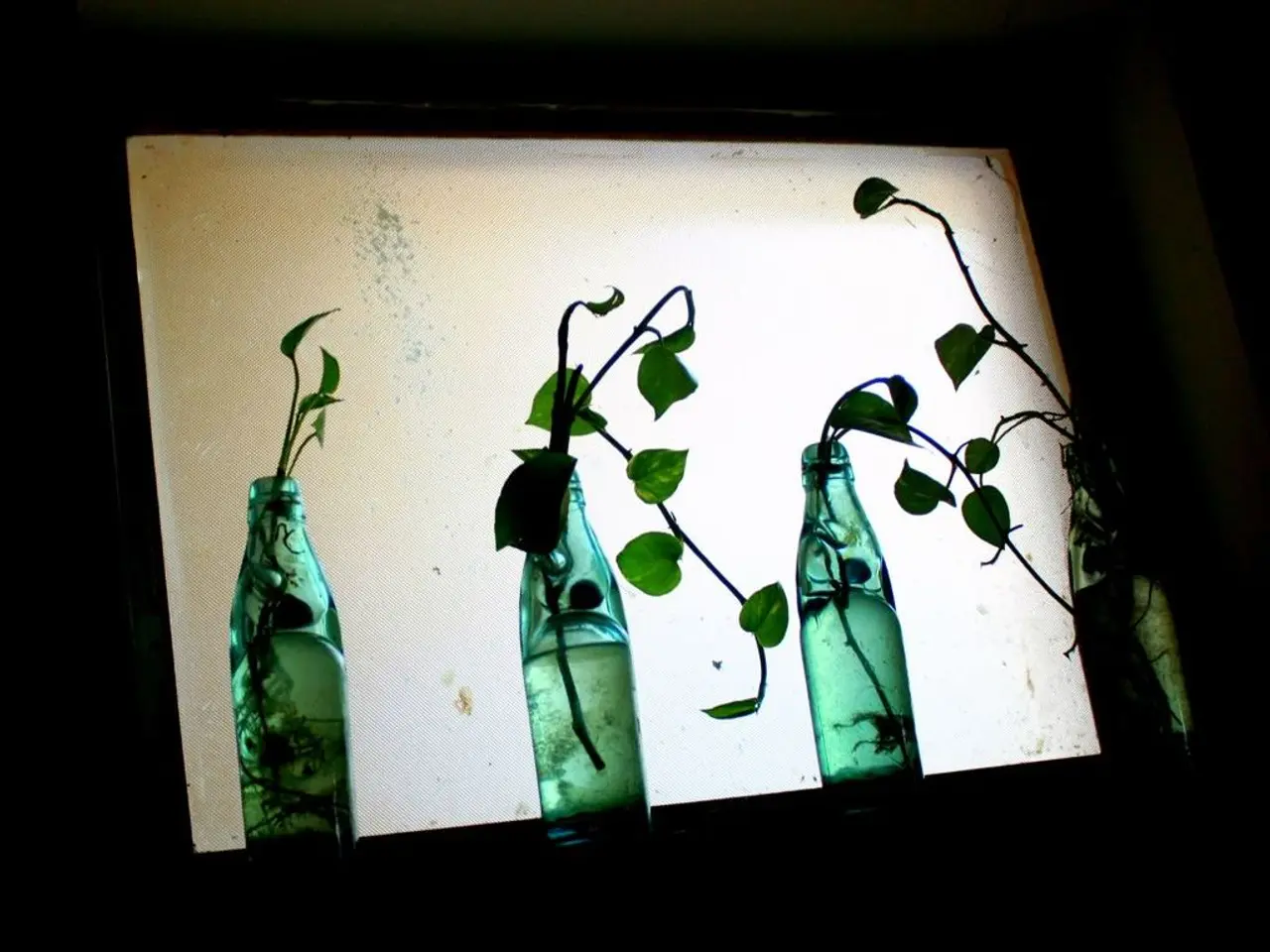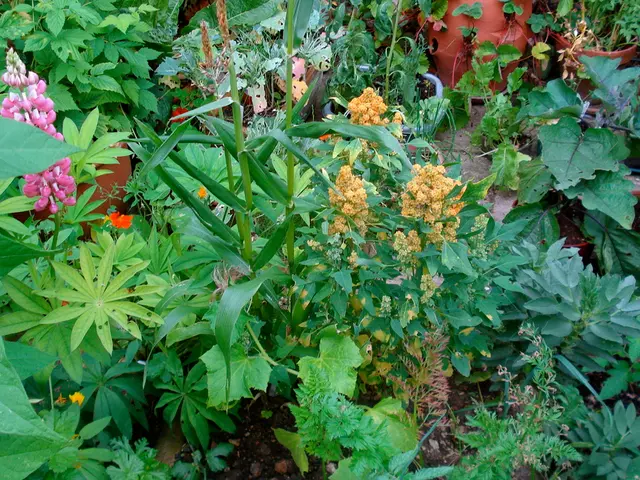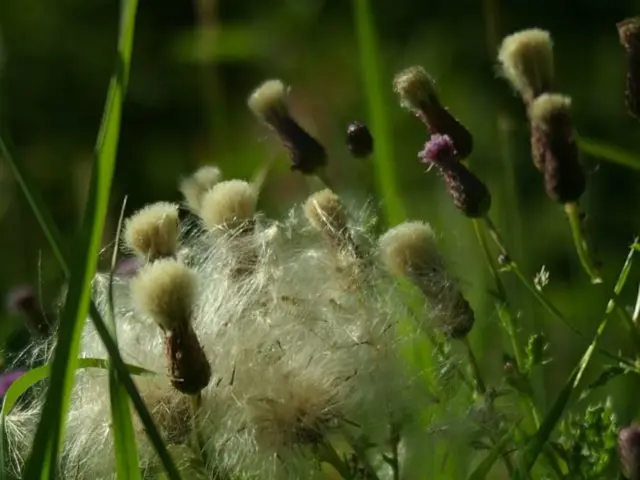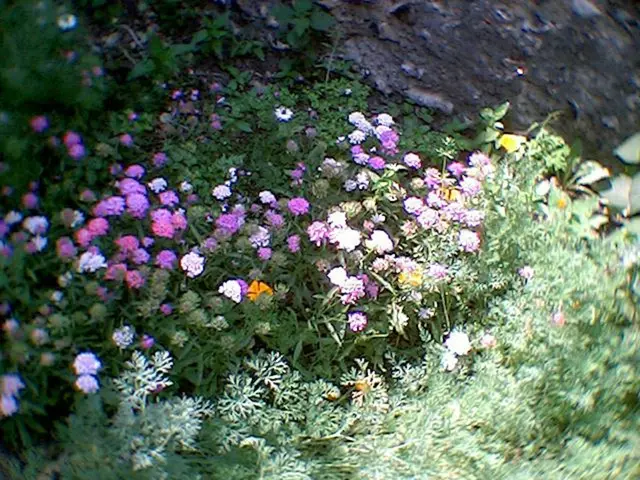Exploring the Claim: Enhancing Hydrangea Blooms with Baking Soda - Uncovering the Veracity of a Popular Gardening Myth
### Baking Soda: A Mild Tool for Hydrangea Care, but Use with Caution
Hydrangea enthusiasts may have heard about the potential benefits of using baking soda for hydrangea care. While it can have some positive effects, it is essential to approach its use with caution due to potential risks.
#### Effectiveness of Baking Soda for Hydrangeas
Baking soda, with its mild antifungal properties, can help prevent fungal diseases like powdery mildew. By raising the pH on leaf surfaces, it creates an alkaline environment that inhibits fungal spores from establishing or spreading. However, this effect is more preventive than curative, and it is not reliable for treating existing infections.
Additionally, baking soda can slightly increase soil pH, which may enhance flower development and colour in hydrangeas. Depending on the cultivar and soil conditions, it can shift hydrangea flower hues towards pink or blue by affecting aluminum availability in the soil. A dilute baking soda solution applied to the soil near flowering plants can gently stimulate blooming.
#### Potential Risks of Using Baking Soda on Hydrangeas
Despite its benefits, baking soda contains sodium, which plants require in minimal amounts. Excessive sodium can stress hydrangea roots, inhibit growth, cause leaf yellowing, and reduce flowering potential. Hydrangeas, especially varieties like ‘Nikko Blue,’ are sensitive to overuse of baking soda and related compounds.
Frequent or concentrated applications can lead to salt accumulation in the soil, harming foliage and overall plant vigor. It is crucial to use baking soda sparingly and monitor plants closely for signs of stress, discontinuing use if adverse effects appear.
#### Best Practices
To minimise the risks associated with baking soda use, a diluted solution (around 1 teaspoon per liter of water) should be used for soil application rather than direct spraying on leaves or flowers. Apply only sparingly and avoid frequent treatments to prevent salt buildup and root stress.
Consider baking soda as a supportive preventive measure rather than a primary treatment for fungal disease. Combine it with other cultural practices and proven fungicides for effective hydrangea care.
In summary, baking soda can be a mild preventative agent against fungal issues and a gentle bloom booster for hydrangeas when used in moderation, but excessive use carries significant risks like sodium toxicity and plant stress. Careful, minimal application is essential to avoid harming your hydrangeas.
It is also important to note that coffee grounds, banana peels, and eggshells can provide additional nutrients for hydrangeas, while milk can be used as an antifungal treatment for powdery mildew. However, professional-grade treatments are more reliable and less risky for fighting powdery mildew. Prevention methods for powdery mildew include pruning hydrangeas to encourage airflow, watering early in the day, and avoiding overhead watering.
For those seeking to influence hydrangea bloom colour, the real way to do so is by using dolomitic lime for pink flowers and aluminum sulfate or elemental sulfur for blue blooms. A pH testing kit can be used to test the soil for proper amendments to achieve the desired hydrangea bloom colour.
When considering a home-and-garden lifestyle, hydrangea enthusiasts might consider using baking soda for hydrangea care to prevent fungal diseases like powdery mildew, creating an alkaline environment that inhibits fungal spores, and potentially increasing blooming. However, it's important to approach its use with caution, as excessive sodium can stress the hydrangea roots, causing leaf yellowing, reduced flowering potential, and harming overall plant vigor.








